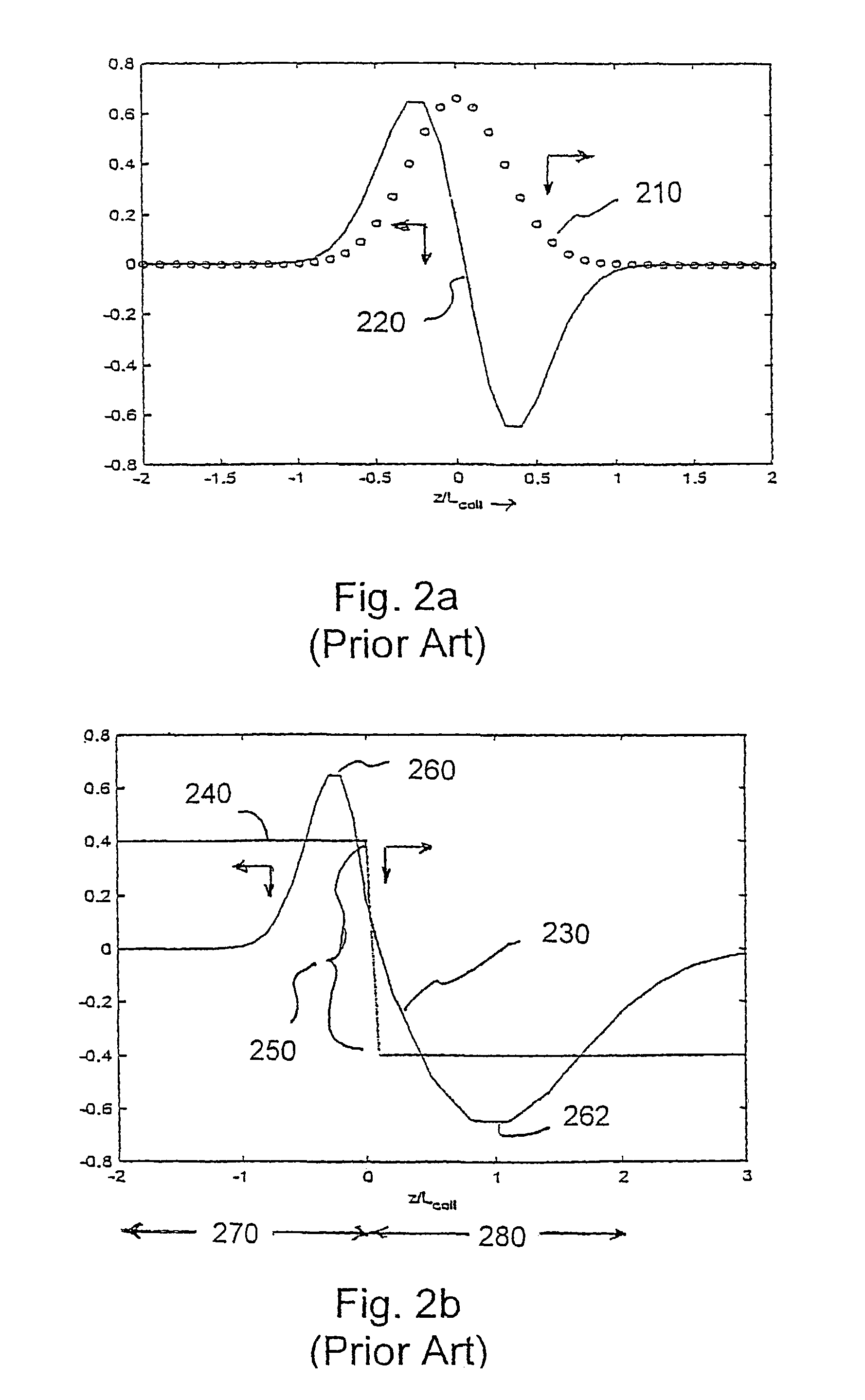Error mitigation system using line coding for optical WDM communications
a technology of error mitigation and optical wdm communication, applied in the field of high-capacity fiberoptic communications systems and networks, can solve the problems of amplified spontaneous emission (ase) that have generally not been considered, and achieve the effect of reducing major impairments
- Summary
- Abstract
- Description
- Claims
- Application Information
AI Technical Summary
Benefits of technology
Problems solved by technology
Method used
Image
Examples
Embodiment Construction
[0040]The present invention utilizes the concept of a Sliding Window Criterion (SWC) to develop a line coding method for a computer memory in an optical Wavelength Division Multiplexed (WDM) communications. SWC is defined as a metric that takes into account physical mechanism of errors in optical communications. In particular the present invention utilizes an SWC-based design approach for mitigating errors in quasi-linear transmission schemes.
[0041]The main motivation behind the coding scheme of the present invention can be explained by considering the simplified model of Soliton-Soliton Collisions (SSC) such that all collisions are complete collisions. However, the present invention is not limited to soliton effects and can be used to mitigate other errors in a WDM communications system. If a two channel case with optical frequency difference Δf is initially considered, a simplified model of Soliton-Soliton Collisions (SSC) can be described by equations 2.4 to 2.6.
[0042]When there ...
PUM
 Login to View More
Login to View More Abstract
Description
Claims
Application Information
 Login to View More
Login to View More - R&D
- Intellectual Property
- Life Sciences
- Materials
- Tech Scout
- Unparalleled Data Quality
- Higher Quality Content
- 60% Fewer Hallucinations
Browse by: Latest US Patents, China's latest patents, Technical Efficacy Thesaurus, Application Domain, Technology Topic, Popular Technical Reports.
© 2025 PatSnap. All rights reserved.Legal|Privacy policy|Modern Slavery Act Transparency Statement|Sitemap|About US| Contact US: help@patsnap.com



